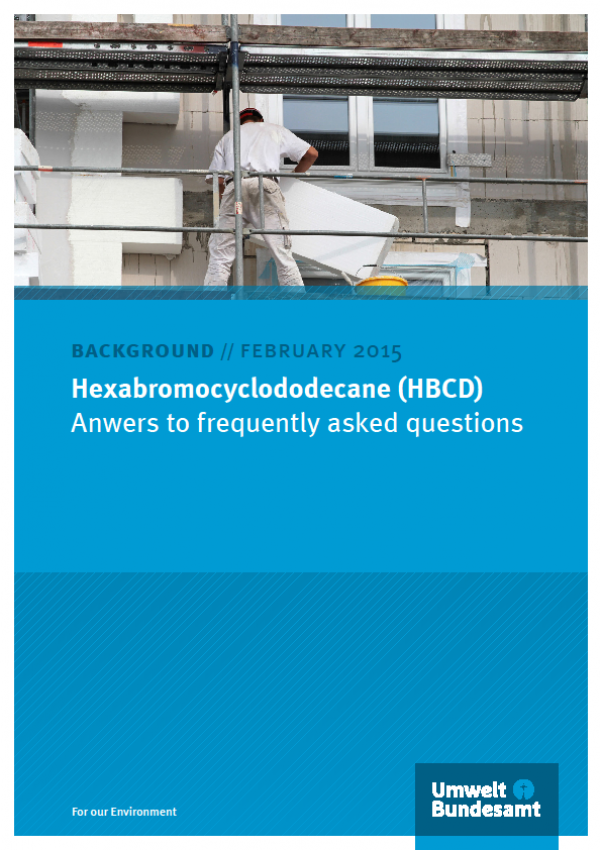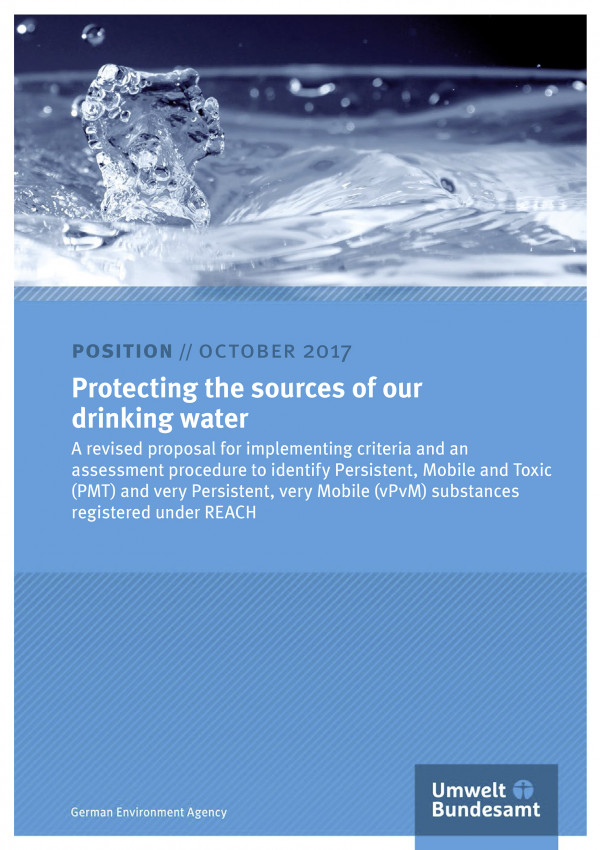UBA wants to decommission oldest lignite-fired power plants and cap the full load hours on others

Strom aus Braunkohlekraftwerken ist die klimaschädlichste Form der Stromerzeugung.
Source: Teteline / Fotolia.com |
Over the years to come, Germany intends to reduce its greenhouse gas emissions significantly to below 1990 levels: by the year 2020, a reduction of 40 percent, and by 2030, a reduction of 55 percent is to be achieved. A new position paper published by the UBA highlights how these goals can still be realised: firstly, power generation by coal-fired power stations that are more than 20 years old should be reduced from the current average of 6,600 full load hours for lignite power stations and 3,600 for hard coal power stations to a maximum of 4,000 full load hours. Secondly, at least 5 gigawatts (GW) from the oldest and most inefficient lignite-fired power plants must be decommissioned completely.
The shutting down of these power stations should take place in addition to the planned closure of 4 GW and added capacity of 1 GW, so that by 2020 the remaining installed output of coal power stations totals a maximum of just 35 GW (it is presently approx. 43 GW). By 2030, the installed output must then be reduced to a maximum of 19 GW with the limits on full load hours remaining in place.
At the same time, energy from wind and sun must be developed much faster than previously planned. To keep pace with an accelerated phasing out of coal, the expansion paths of wind energy in Germany, which currently totals 2.8 GW (gross) per year, and photovoltaic energy which currently totals 2.5 GW (gross) per year, must be increased to at least 4 GW each per year (gross) in the short term, and that of offshore wind energy, to 1 GW per year.
These measures are not only the most cost-effective and quickest to implement, the withdrawal from coal will also save billions of Euros in costs to the environment. In 2016 alone, greenhouse gases and airborne pollutants from coal-fired power plants resulted in some 46 billion Euros worth of damage to public health, the environment and property.
The UBA also analysed how the coal phase out affects those employed in the lignite mining industry. The good news is: the structural changes needed can largely take place without making anyone jobless: by the year 2030, almost two thirds of the employees will reach their regular retirement age. The sooner policy makers initiate the required structural changes in the power generation industry, the more easily bad investments and economic problems in the coal mining regions of Germany can be prevented.




















